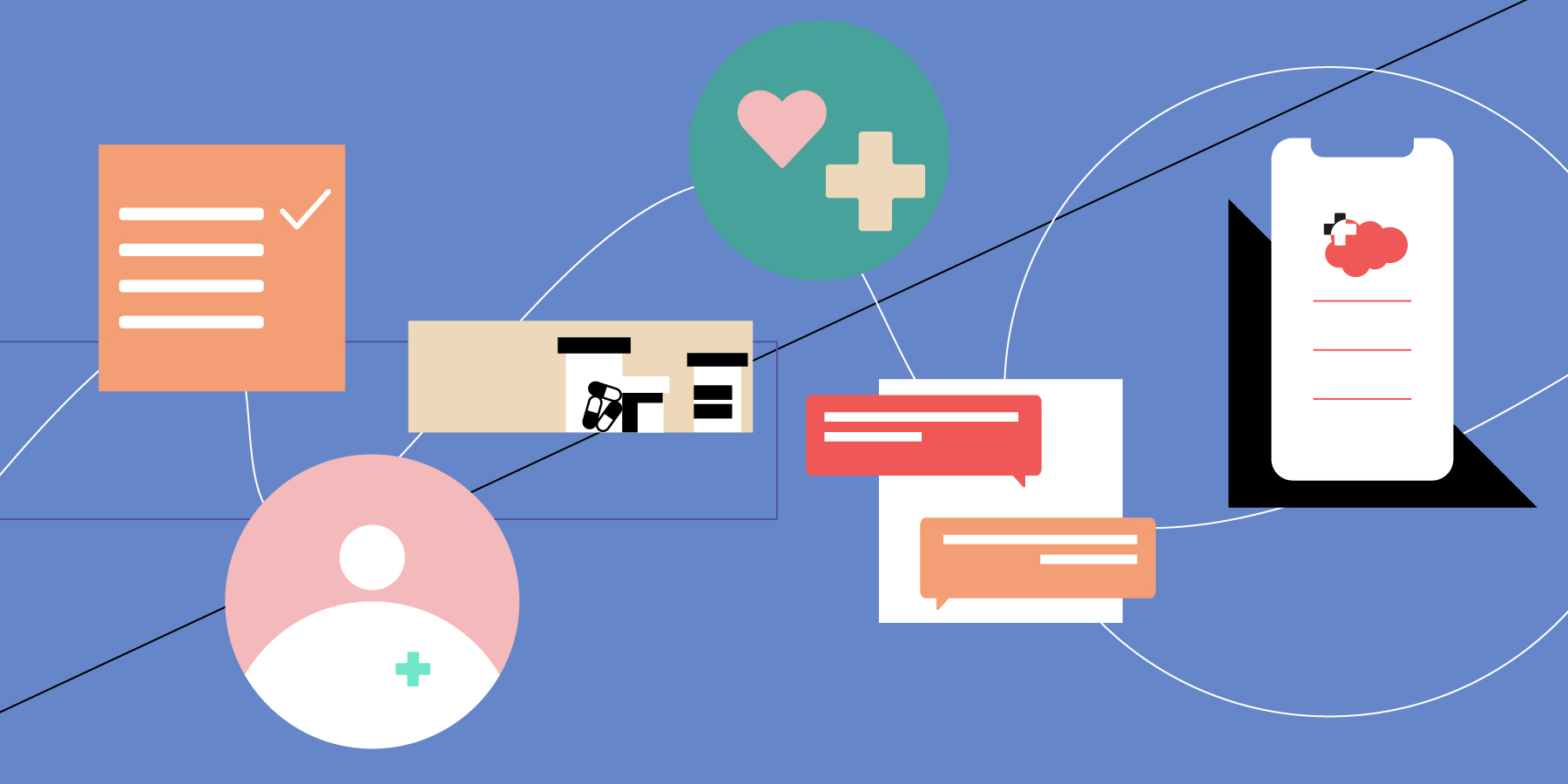The health plan member journey consists of several steps from enrollment to renewal. Unfortunately, most consumers find contending with payer plans confusing and tedious. According to a 2018 study, over 80% of members were unaware of the basic benefits of plans sold on a government-sponsored website. To acquire new members and increase re-enrollment, healthcare payers must transform each step of the subscriber path to deliver an ongoing positive experience. Here, we investigate the stages of the member’s journey and how payers can employ innovative technology to create a higher quality experience.

Research and enrollment
A consumer searches for plans that meet the desired criteria and evaluates suitability and cost options before applying for, and purchasing, a plan. This initial step is also the most impactful, as it is the first interaction patients have with the payer company. Unfortunately, enrollments are a highly stressful process for the consumer who often has specific questions about benefits or plan terminology, needs details about specialty plans, requires information about financial options, and more.
Payers have the opportunity to create a personalized shopping experience for the consumer, an approach that is common in the retail and financial services industries. Artificial intelligence (AI) and machine learning (ML) can be used to understand member needs and constraints and recommend optimal choices. AI/ML can also be used to assist members in seeking specific contextual information beyond a simple keyword search. By providing members with the necessary material to make informed decisions, payers can increase selection and enrollment.
Provider selection
Shortly after enrollment, the subscriber will need to select a provider to meet healthcare needs, including those of covered family members. This includes choosing and assessing the type of care and the locations of treatment for each member covered. One of the most commonly reported difficulties by healthcare consumers is understanding what treatment is covered, ‘in-network’ options, and financial responsibility (e.g., out-of-pocket costs) moving forward.
Members will need their questions to be addressed and be able to update information easily during the first 90 days of care. Frequent interactions include updating contact information, adding and removing dependents, resolving billing issues, and reconciling claims.

Using AI-enabled chatbots, payers can provide an intuitive, scalable means of interacting with consumers and answering questions immediately. Instead of waiting for an available service representative, members can instantly update information, review provider and plan details, and resolve billing issues. Chatbots with voice capabilities like the VoiceMyBot application, offer added accessibility to member populations.
Continuous engagement
As the member receives care and treatments, payers can work with them to ensure continued access to the care and resources needed to make crucial decisions. Information often includes how to fulfill prescriptions in the most cost-effective manner, as well as pre-certification requirements and specialist referrals.
Payers must also communicate with members, delivering information and assistance for long-term health and wellness, with the goal of ultimately lowering payout costs. Patients can more effectively manage chronic care conditions when provided with tools to better adhere to care plans and guidelines. Using experience design principles, as discussed in A Patient-Led Pre-Registration Experience for Healthcare, payers can create member-centric solutions. Creating services from a customer perspective, including how the member will manipulate and interact with technology, improves the level of usability, and drives higher levels of engagement.
Renewal
If the consumer has a better understanding of policy benefits and is satisfied with the payer, he or she will renew or migrate to a new plan offered by the company. Members may add specialty and voluntary products at this point. Payers can use an experience digital platform to personalize marketing messages to the customer based on usage behavior, member profile, psychographics, and more.
For example, as a member’s renewal date approaches, her mobile app home screen may change to offer a new plan based on his or her emotional motivation and behavior on the site. An experience digital platform combines relevant content with timely delivery based on real-time user data to members, significantly increasing renewals.

In conclusion
Healthcare plan members have more choices than ever—the buying power has shifted to them as discussed in Consumer-Centricity for Payers. To stay relevant and competitive, payers must research each aspect of the member journey and uncover innovative methods to gain an advantage. Using technology like chatbots, AI/ML for personalization, and an experience digital platform gives payers the tools they need to engage members and increase re-enrollments.

